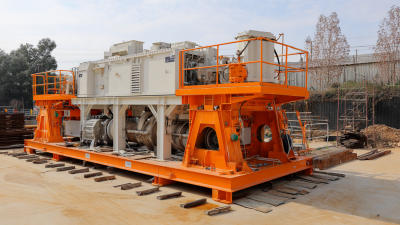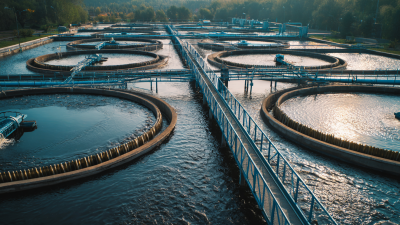In recent years, the water treatment industry has increasingly turned to innovative technologies to enhance the efficiency and effectiveness of purification processes. Among these, Dissolved Air Technology (DAT) has emerged as a critical component in optimizing water treatment methods. According to a report by the World Health Organization, approximately 2 billion people lack access to safe drinking water, emphasizing the urgent need for advanced filtration systems that can efficiently remove contaminants. DAT utilizes saturated dissolved air to create microbubbles, facilitating the removal of suspended solids and improving overall water clarity. A study published in the Journal of Water Process Engineering highlighted that systems employing Dissolved Air can achieve up to 90% removal rates for certain pollutants, dramatically enhancing treatment outcomes. This article aims to explore the principles of optimizing water treatment processes using Dissolved Air Technology, detailing its benefits, applications, and best practices for implementation in contemporary water management systems.
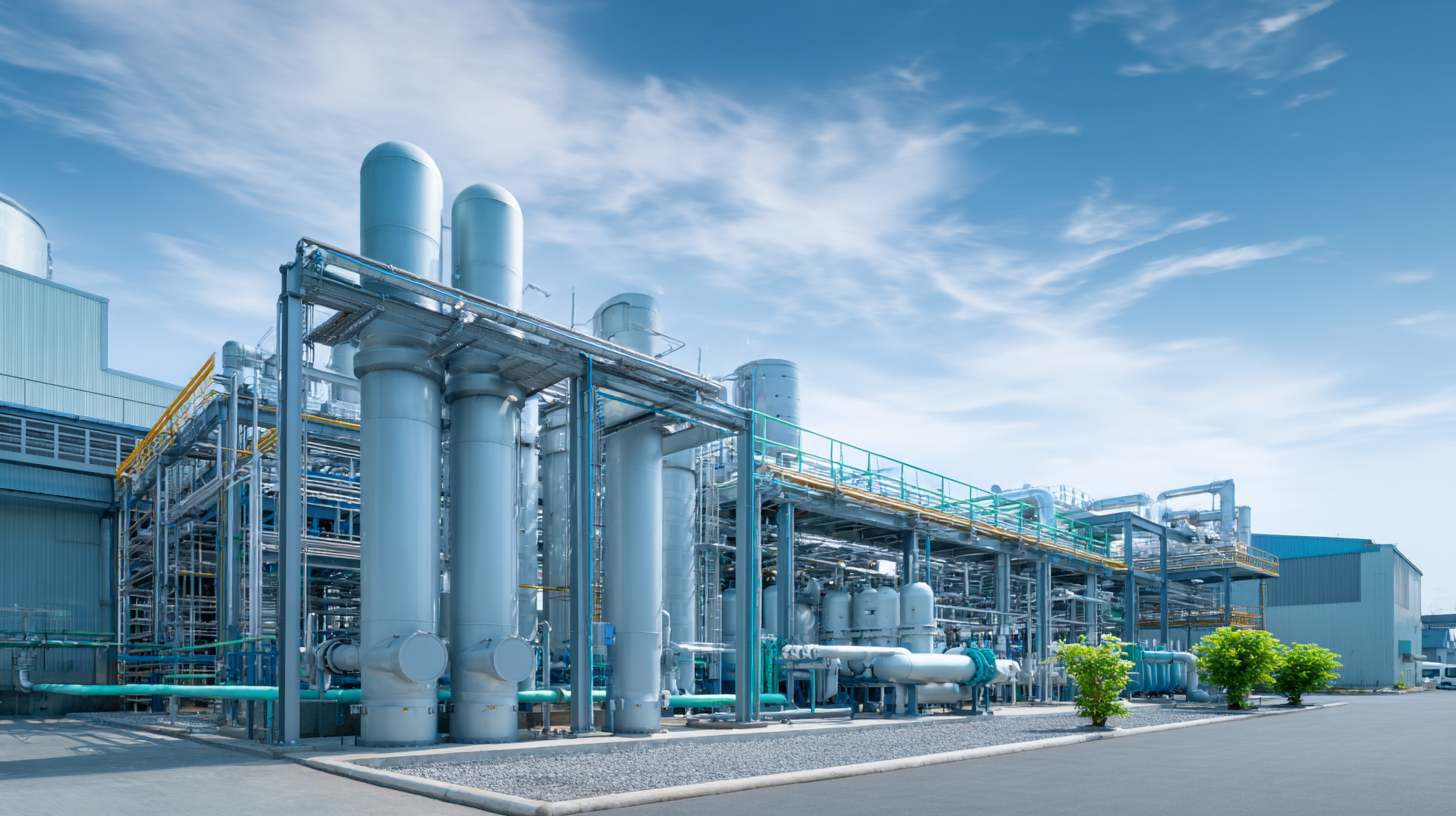
Dissolved air flotation (DAF) is an advanced water treatment process that utilizes fine air bubbles to enhance the removal of suspended solids, oils, and other contaminants from water. The integration of DAF technology into water treatment systems offers several significant benefits, making it a preferred choice for many facilities. One of the primary advantages is its ability to efficiently separate particles from liquid, resulting in clearer effluent water. The process works by saturating water with air under pressure, which releases tiny bubbles when the pressure is decreased, causing particles to rise to the surface for easy removal.
In addition to improved clarity, dissolved air flotation systems exhibit remarkable operational efficiency. They require less space compared to traditional sedimentation methods, allowing for flexible installation, particularly in areas with limited space. DAF also operates effectively in the presence of varying influent quality and fluctuating flow rates, demonstrating robustness in diverse water treatment scenarios. Furthermore, the lower chemical consumption associated with DAF processes can lead to reduced operational costs and diminished environmental impact, making it an attractive solution for sustainable water management practices.
| Dimension | Value |
|---|---|
| Treatment Efficiency | Up to 95% Removal of Suspended Solids |
| Typical Application | Municipal Wastewater Treatment |
| Energy Consumption | Low Energy Requirement Compared to Traditional Methods |
| Space Requirement | Compact Footprint |
| Chemical Usage | Reduced Need for Coagulants |
| Maintenance | Low Maintenance Requirements |
| Advantages | Improved Water Quality & Lower Operational Costs |
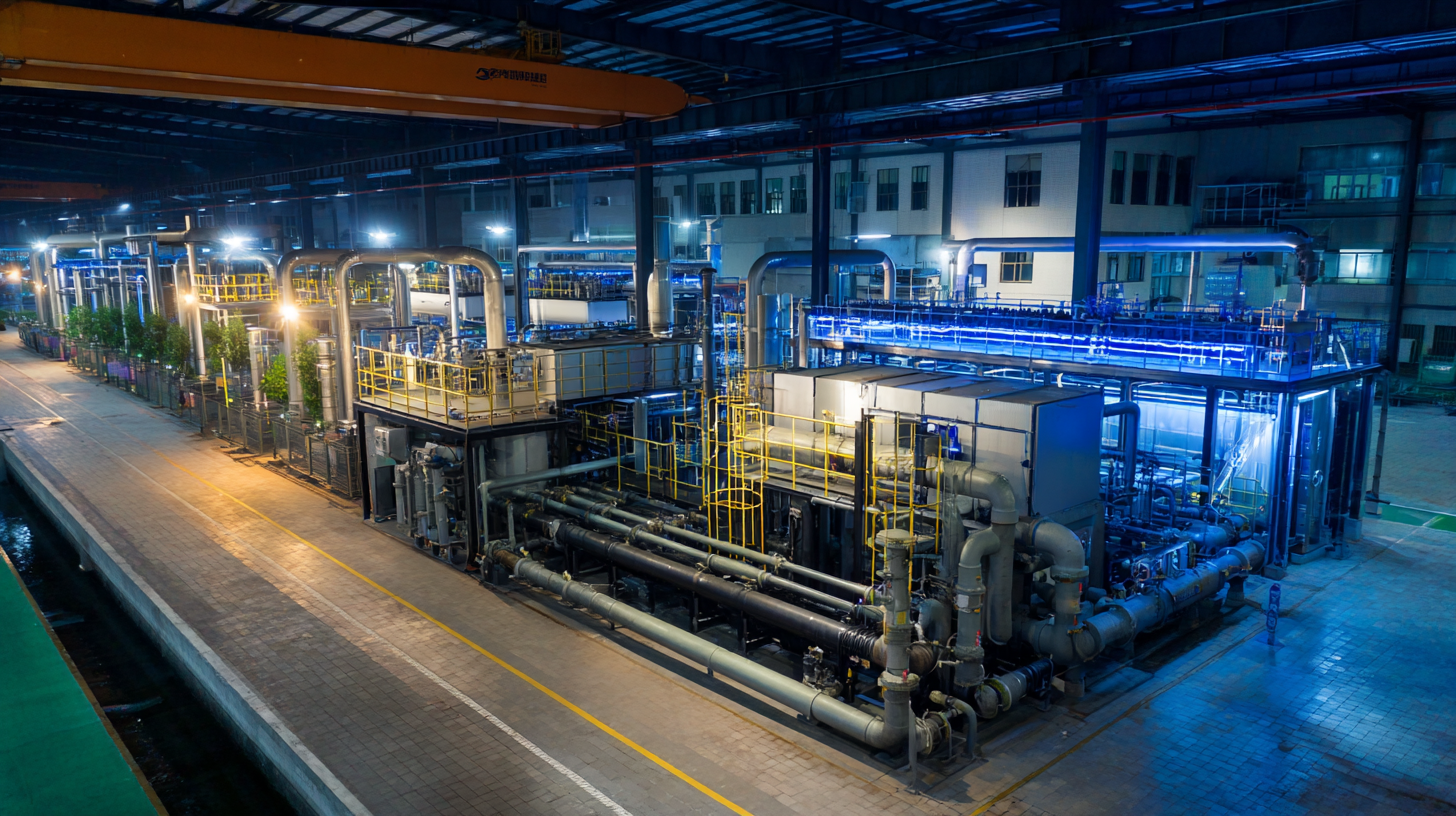 Dissolved Air Flotation (DAF) is an efficient and widely used water treatment process, particularly for the removal of suspended solids and contaminants in various industrial applications. To optimize the performance of DAF systems, several key parameters must be carefully monitored and adjusted. One critical factor is the air-to-sludge ratio, which influences the size and buoyancy of the air bubbles generated. A well-balanced ratio ensures effective flotation of particles, allowing them to rise to the surface for easy removal.
Dissolved Air Flotation (DAF) is an efficient and widely used water treatment process, particularly for the removal of suspended solids and contaminants in various industrial applications. To optimize the performance of DAF systems, several key parameters must be carefully monitored and adjusted. One critical factor is the air-to-sludge ratio, which influences the size and buoyancy of the air bubbles generated. A well-balanced ratio ensures effective flotation of particles, allowing them to rise to the surface for easy removal.
Another essential parameter is the coagulation and flocculation process, which precedes the DAF treatment. The type and dosage of coagulants can significantly affect the size of the flocs and, consequently, their ability to float. Fine-tuning these chemicals is vital to achieving optimal particle aggregation, which aids in the subsequent flotation phase. Additionally, maintaining the correct pH level in the treatment tank is crucial, as it can impact the efficiency of coagulation and the stability of the flocs, further enhancing the overall effectiveness of the DAF system. By focusing on these key parameters, operators can maximize the efficiency and reliability of DAF in water treatment processes.
Dissolved Air Flotation (DAF) technology is increasingly recognized for its ability to enhance the efficiency and effectiveness of water treatment processes, particularly in the removal of emerging contaminants. By utilizing innovative mechanisms to create microscopic air bubbles that adhere to impurities, DAF systems significantly improve the separation of pollutants from wastewater. Recent advancements in this area highlight the integration of physical and chemical processes that optimize the degradation of organic pollutants, a critical step in meeting environmental regulatory standards.
Furthermore, strategic initiatives are being undertaken to maximize DAF performance through collaborative innovation. The adoption of frameworks that promote circular water use in industrial applications is essential for developing sustainable treatment solutions. Enhanced technologies are being explored to address challenges such as microplastics pollution, allowing for sustainable removal techniques that support circular economy principles. These developments not only increase the operational efficiency of DAF systems but also contribute to a more holistic approach to wastewater management in addressing both traditional and emerging contaminants.
This chart illustrates the effectiveness of Dissolved Air Flotation (DAF) in removing contaminants from wastewater across different treatment processes. The data represents the percentage of removal efficiency for various pollutants using DAF technology in comparison to traditional methods.
Dissolved Air Flotation (DAF) technology has revolutionized water treatment processes across various industries by improving the efficiency of solid-liquid separation. In the food and beverage sector, for example, a study published in the journal "Water Research" highlighted how a winery implemented DAF systems, which resulted in a 25% reduction in BOD (Biochemical Oxygen Demand) levels in wastewater. This not only complies with regulatory limits but also minimizes the overall environmental impact.
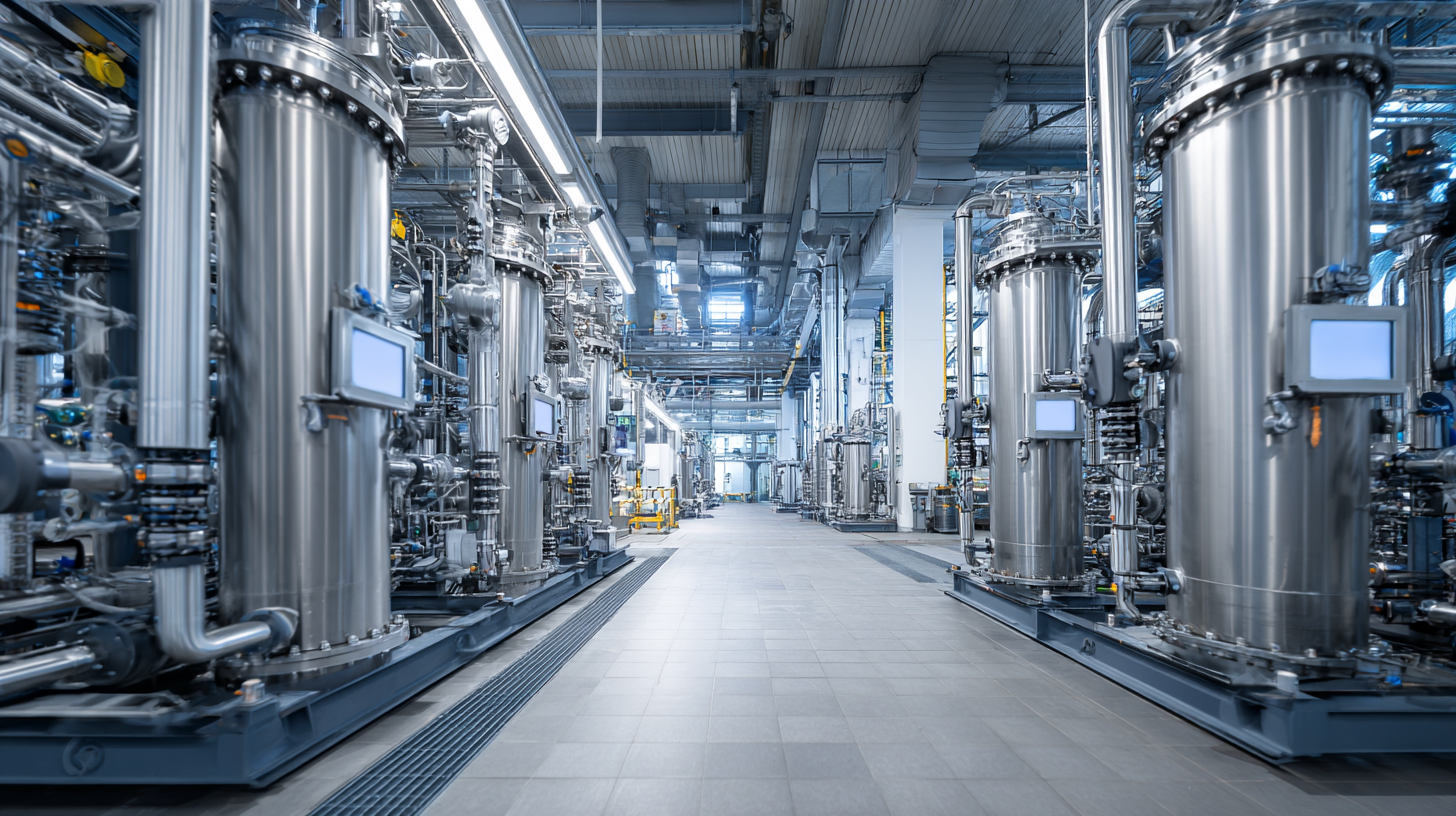
In the oil and gas industry, DAF has been equally impactful. A case study by the American Society of Civil Engineers (ASCE) reported that a major oil refinery adopted DAF to treat produced water, achieving over 90% removal efficiency of suspended solids and oils. This implementation not only streamlined the water recycling process but also saved the refinery approximately $500,000 annually in waste disposal costs. Such figures emphasize the potential for DAF systems to enhance operational efficiency and sustainability in heavy industrial applications.
Digitalization is reshaping the landscape of water treatment, particularly with the integration of Dissolved Air Flotation (DAF) technology. A recent case in Hong Kong highlighted the potential of digital twin technology to optimize processes, achieving a remarkable 23% reduction in coagulant costs at a drinking water plant. This technological advancement signifies a crucial shift towards more efficient and cost-effective water treatment solutions, illustrating how digital tools can enhance operational efficiency and sustainability.
As industries increasingly adopt advanced technologies, partnerships are forming to drive digital transformation in the water sector. Collaborations between water technology providers and digital experts are vital in navigating this transition. The global water and wastewater treatment market is projected to expand significantly, anticipated to reach USD 656.68 billion by 2034, as reported by industry analysts. Such growth underscores the necessity for innovative practices and technologies like DAF, which can improve water clarifications and reduce chemical usage.
Tips: To maximize the benefits of digitalization in water treatment, consider implementing data analytics to monitor system performance in real-time. Additionally, investing in training for staff on new technologies will aid in seamless integration and operation. Emphasizing collaboration with tech innovators can further enhance your water treatment processes.



